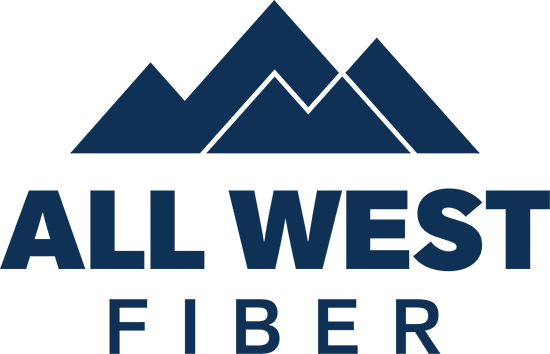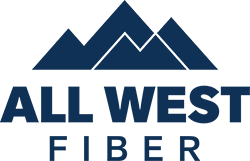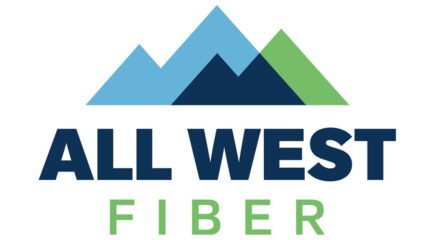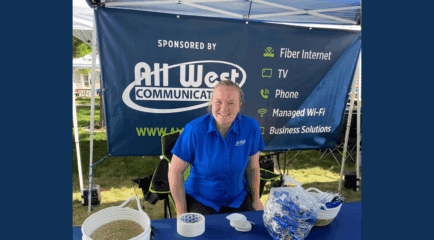By Art Raymond and Deseret News
SALT LAKE CITY — New, multimillion-dollar grants from the U.S. Department of Agriculture announced Friday will help make some inroads, albeit small ones, for the 100,000-plus Utahns who have no access to high-speed internet service.
The gap between those who do, and do not, have robust internet connectivity, also known as the digital divide, has been underscored by restrictions brought on by the COVID-19 pandemic, with residents in Utah and across the country challenged by remote work and remote education tasks that rely heavily on solid, and fast, internet connections.
Bette Brand, USDA deputy undersecretary for rural development, said $10.6 million in funding had been allocated to provide new broadband service access to rural communities in Utah, Nevada and Idaho. The money comes from $550 million in new funding announced last December for the USDA’s ReConnect program, an effort aimed at accelerating deployment of broadband services in underserved areas of the U.S.
“Access to a high-speed internet connection is a cornerstone of prosperity, and unfortunately many of America’s rural communities lack access to this critical infrastructure,” Brand said in a statement. “Connecting America’s rural communities to this essential infrastructure is one of USDA’s top priorities, because we know that when rural America thrives, all of America thrives.”
During an online press conference Friday morning, Brand noted that tens of millions of Americans currently have no access to broadband internet and the negative consequences for those with access challenges were only being made worse by the COVID-19 public health crisis.
“This pandemic has only highlighted the digital divide even more,” Brand said.
About $2.3 million of the funding will support fiber optic internet connectivity to four residences, four farms and four businesses in Washington County. And $5.6 million will get fiber to 188 residences, nine businesses and five farms located variously in Summit County, Utah; Bear Lake County, Idaho; and Sweetwater and Lincoln Counties in Nevada.
USDA Rural Development Director for Utah Randy Parker said the service grants will help elevate quality of life for the state’s rural residents.
“Utah is a forward-thinking state, and these long-term investments in broadband and cutting-edge technology make all the difference to its rural communities,” Parker said in a statement. “USDA is proud to be a partner in ensuring they are attractive destinations for prosperous living and working as well as visiting.”
As a state, Utah comes in around average overall based on internet access and performance metrics.
Broadband Now, an industry advocacy group, ranked Utah No. 29 in the U.S. with a 76.1 megabits per second average statewide internet speed and broadband access of 100 Mbps for more for 94% of the population.
Utah gets high marks for overall access to broadband, but still has gaps for big chunks of the population.
“In terms of availability, Utah’s broadband performance excels,” Broadband Now reported. The group noted “96.1% of Utahns have access to a 25 (megabits per second) wired internet connection. This is a massive percentage; however, 108,000 people still don’t have access to a wired connection capable of the same speed. Additionally, 45,000 people in Utah don’t have access to any wired internet providers at all.”
Internet affordability also contributed to Utah’s average internet ranking.
“Only 26.3% of Utah’s population has access to a standalone wired broadband internet plan under $60 per month,” the report read. “Even though there are 21 states with a lower ranking for overall performance, 12 of those states have a higher percentage of the population with access to affordable wired 25 (megabit per second) plans.”
Utah cities with the “best overall broadband ecosystem” are, in descending order, Salt Lake City, Ogden, Provo, Centerville and Lindon. The worst places to find connections to broadband service are found in rural Utah communities, with San Juan and Daggett counties where access to internet speeds higher than 25 (megabits per second) is very limited.
Last week, the Federal Communications Commission announced it had formally granted 154 applications for use of the 2.5 GHz band to provide broadband and other advanced wireless services, including 5G, to rural tribal communities.
In Utah, there were four licenses granted that will help the Confederated Tribes of the Goshute Reservation, Paiute Indian Tribe of Utah, Ute Mountain Ute Tribe, and Ute Indian Tribe of the Uintah and Ouray Reservation provide connectivity to their rural communities.
Tribal lands in Utah, and around the country, have been among the areas with the lowest levels of service from, and access to, internet and wireless phone providers.
In announcing the new bandwidth allotments, Federal Communications Commission Chairman Ajit Pai noted the new licenses are intended to help address those imbalances.
“This is a major step forward in our efforts to close the digital divide on tribal lands,” Pai said in a statement. “Few communities face the digital connectivity challenges faced by rural tribes. By prioritizing tribal access to this mid-band spectrum, we are ensuring that tribes can quickly access spectrum to connect their schools, homes, hospitals and businesses.”
